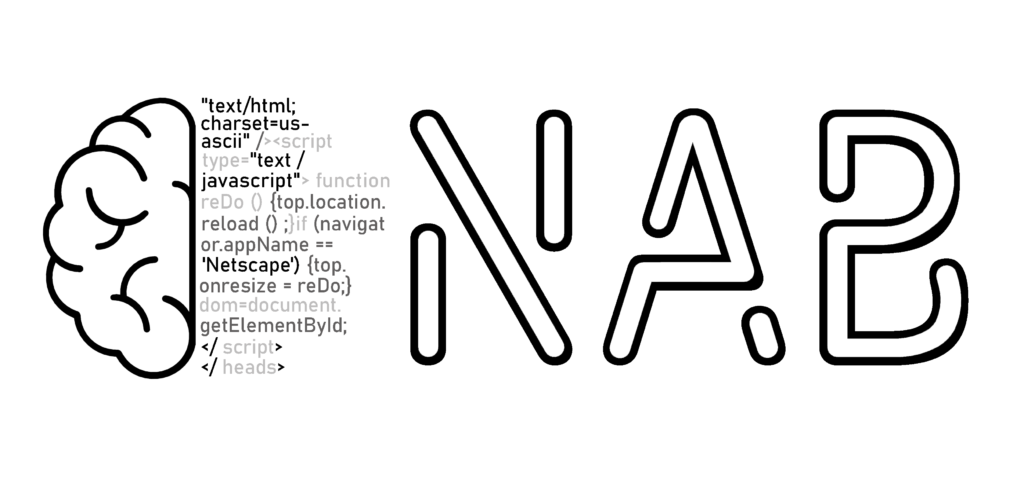Neural arbitrage bots are revolutionizing the cryptocurrency trading landscape by leveraging artificial intelligence to identify and execute profitable trades. Building your own neural arbitrage bot may seem daunting, but with the right tools and knowledge, it’s a challenge you can tackle step by step. This guide will walk you through the process of creating a basic neural arbitrage bot—from conceptualization to deployment.
1. Planning and Understanding Arbitrage Bots
What is Arbitrage?
Arbitrage involves exploiting price differences for the same asset across different markets or exchanges. For example, buying Bitcoin at a lower price on one exchange and selling it at a higher price on another.
Key Features of Neural Arbitrage Bots:
- Real-Time Data Analysis: Monitors multiple exchanges for price discrepancies.
- Automation: Executes trades automatically when opportunities are detected.
- Learning Capabilities: Adapts to changing market conditions using neural networks.
Pre-Development Steps:
- Research exchanges and their APIs.
- Decide on programming languages and frameworks (Python is highly recommended).
- Set clear goals, such as the types of arbitrage (simple, triangular, or temporal) your bot will perform.
Tip for Beginners: Start with simple arbitrage before moving to more complex strategies like triangular arbitrage.
2. Tools and Libraries
To build your bot, you’ll need a combination of programming tools, machine learning libraries, and testing environments:
Essentials:
- Programming Language: Python (widely used for AI and cryptocurrency trading).
- Key Libraries:
- Data Handling: Pandas, NumPy.
- API Interaction: Requests, CCXT (for exchange integrations).
- Machine Learning: TensorFlow, PyTorch.
- Backtesting: Backtrader, Zipline.
- Hardware Requirements:
- A modern PC with a high-performance GPU for training neural networks.
- Alternatively, cloud platforms like Google Colab, AWS, or Azure for scalable computing power.
Example Code for Beginners:
import ccxt
# Example: Fetch ticker data from Binance
exchange = ccxt.binance()
data = exchange.fetch_ticker('BTC/USDT')
print(data)
3. Building the Core of Your Neural Arbitrage Bot
Step 1: Data Collection
Your bot needs access to live and historical price data:
- Use APIs from cryptocurrency exchanges to fetch:
- Order book data.
- Trade history.
- Current prices.
- Implement error handling to ensure reliability, as API connections may fail or time out.
Step 2: Data Preprocessing
Clean and organize your data for analysis:
- Data Cleaning: Handle missing or inconsistent values.
- Feature Engineering: Create useful features such as:
- Price spread.
- Trading volume.
- Fee-adjusted profits.
Step 3: Designing the Neural Network
A simple Feedforward Neural Network (FNN) is a good starting point:
- Input Layer: Include features like price spreads, trading fees, and exchange latency.
- Hidden Layers: Experiment with 2-3 layers, adjusting the number of neurons for complexity.
- Output Layer: Predict whether a trade opportunity is profitable.
Training the Model:
- Use historical data to train the model.
- Optimize for accuracy and minimize overfitting using techniques like regularization and dropout.
Beginner-Friendly Resource: Check out TensorFlow’s official tutorials for step-by-step guidance on building neural networks.
Step 4: Backtesting
Test your bot using historical data to validate its performance:
- Simulate trades based on historical price movements.
- Adjust the model and strategy based on backtesting results.
4. Real-Time Deployment
API Integration
- Connect your bot to cryptocurrency exchanges using APIs.
- Implement robust authentication methods to secure your bot’s operations.
Execution Module
- Define the trading logic for:
- Monitoring price discrepancies.
- Calculating potential profits after fees.
- Executing trades when criteria are met.
- Optimize for speed to minimize latency during real-time trading.
Monitoring and Logging
- Set up a monitoring dashboard to track your bot’s activity.
- Log all trades and errors for future analysis and troubleshooting.
5. Challenges and How to Overcome Them
Data Latency:
- Use low-latency APIs and consider hosting your bot near exchange servers.
Overfitting:
- Regularly retrain your model with updated data to adapt to market changes.
Regulatory Compliance:
- Understand and adhere to local laws regarding automated trading.
Security Risks:
- Secure your API keys and use encryption to protect sensitive data.
6. Enhancing Your Bot
Advanced Features to Add:
- Multi-Exchange Support: Enable the bot to operate across several exchanges simultaneously.
- Triangular Arbitrage: Implement strategies that exploit price differences within the same exchange.
- Machine Learning Enhancements: Incorporate sentiment analysis from social media or news for predictive insights.
- Cloud Deployment: Use cloud platforms to scale operations and improve reliability.
Example Sentiment Analysis Code:
from textblob import TextBlob
# Example: Analyzing sentiment of a tweet
tweet = "Bitcoin is soaring! Best time to buy."
sentiment = TextBlob(tweet).sentiment
print(sentiment)
Conclusion
Building a neural arbitrage bot from scratch is a rewarding challenge that combines programming, machine learning, and trading knowledge. By following this step-by-step guide, you’ll have a foundational bot capable of identifying and executing profitable trades. As you refine and expand its capabilities, your bot can become a powerful tool in the competitive world of cryptocurrency trading.
Are you ready to start building your bot? NAB will do all the hard work for you.
The future of crypto trading awaits!


